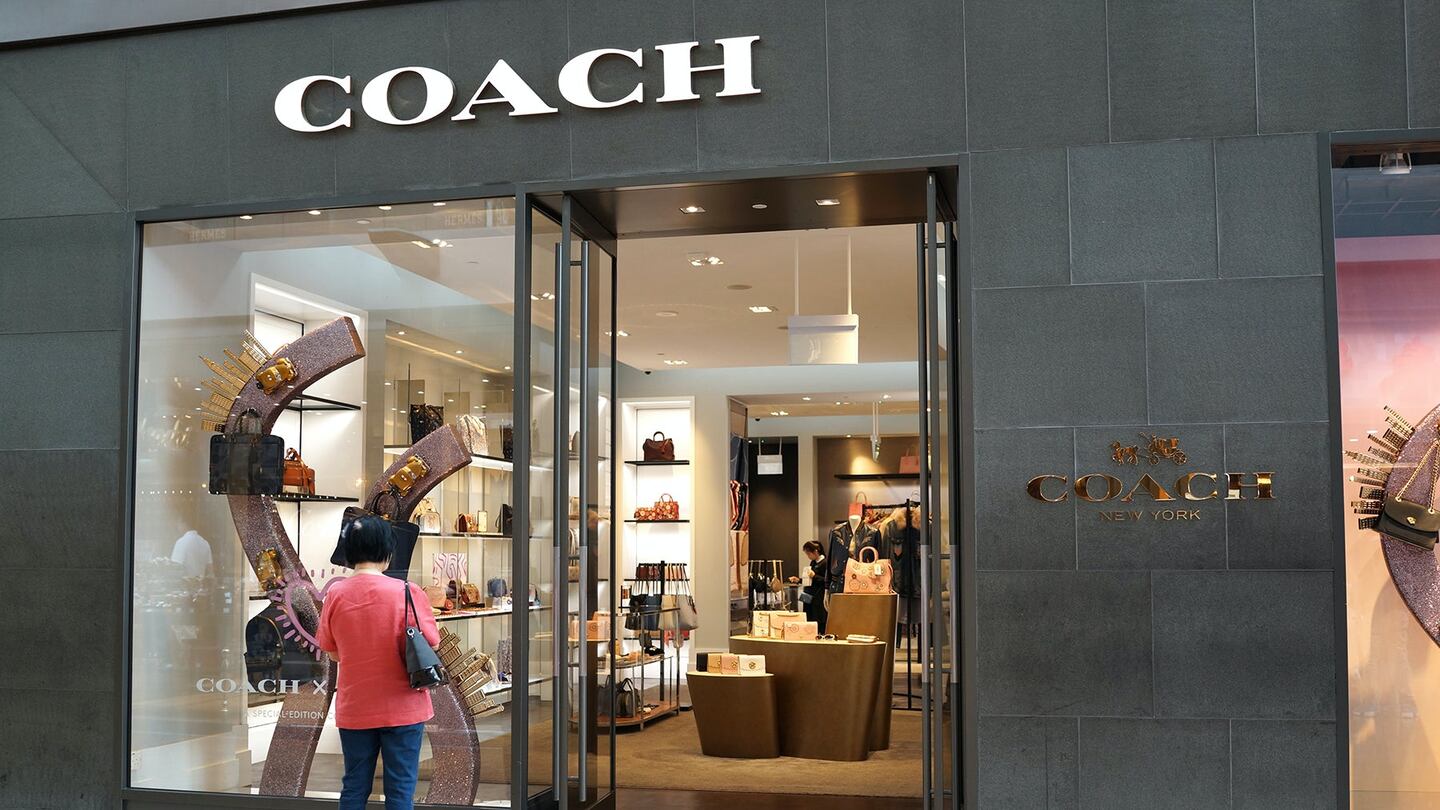
The Business of Fashion
Agenda-setting intelligence, analysis and advice for the global fashion community.

Agenda-setting intelligence, analysis and advice for the global fashion community.

NEW YORK, United States — Tapestry Inc. reported a smaller-than-expected quarterly loss on Thursday, as a recovery in sales in China and a tight lid on expenses helped it weather some of the impact of the Covid-19 pandemic.
The New York fashion house's shares, down 42 percent this year, rose 7 percent in premarket trading as it also beat sales estimates.
The company said sales had returned to growth in mainland China, where demand for luxury handbags, apparel and accessories rose due to restrictions on traveling abroad.
Versace owner Capri Holdings and European luxury goods makers LVMH and Kering have also signalled a pick-up in sales in the region, but demand in major European and American shopping destinations remains pressured.
ADVERTISEMENT
Tapestry, which also owns the Kate Spade and Stuart Weitzman brands, now has to navigate a path to recovery without a permanent chief executive, after Jide Zeitlin resigned suddenly last month amid an investigation into his personal behaviour.
On Thursday, the company said it plans to streamline its business through store closures and job cuts and would incur about $100 million to $115 million in related charges mostly in fiscal 2021.
It has already reduced costs through pay cuts, tightening marketing purse strings and cancelling some summer and fall lines of products. On an adjusted basis, its expenses fell nearly 28 percent in the in the fourth quarter ended June 27.
Excluding certain items, Tapestry lost 25 cents per share, smaller than analysts' estimates of a loss of 57 cents, according to IBES data from Refinitiv.
Despite a triple-digit increase in online sales, Tapestry's net sales fell nearly 53 percent to $714.8 million. However, that beat analysts' average estimate of $663.4 million.
By Uday Sampath; editors: Maju Samuel.
As the German sportswear giant taps surging demand for its Samba and Gazelle sneakers, it’s also taking steps to spread its bets ahead of peak interest.
A profitable, multi-trillion dollar fashion industry populated with brands that generate minimal economic and environmental waste is within our reach, argues Lawrence Lenihan.
RFID technology has made self-checkout far more efficient than traditional scanning kiosks at retailers like Zara and Uniqlo, but the industry at large hesitates to fully embrace the innovation over concerns of theft and customer engagement.
The company has continued to struggle with growing “at scale” and issued a warning in February that revenue may not start increasing again until the fourth quarter.